Lai see: Chinese tradition receives digital update
Like most things, Lunar New Year traditions have not been able to escape the digital revolution. And the act of giving lai see, is one of them.

Thousands of Australians have woken up this week with a little red envelope under their pillow containing a small sum of money wishing them luck and prosperity for the year ahead.
Others, whose family may live overseas, have received their lai see via a small notification on their phone, most likely from a WeChat or AliPay app, a practice that has slowly gained momentum over the past several years.
Like most things, traditions revolving around Lunar New Year, which began on Tuesday, have not been able to escape the digital revolution. And the act of giving lai see is one of them.
Sydney marketer Lucy Xu, 25, says she didn’t receive any physical lai see this year.
Having recently begun full-time work, her parents no longer see her as a child, she said. Her grandparents, however, have already sent her red envelopes via WeChat, a method they have favoured for the past several years.
In Australia, digital red packets are only just beginning to gain momentum, but still lack the digital infrastructure, says University of Western Australia Chinese studies lecturer Yu Tao.
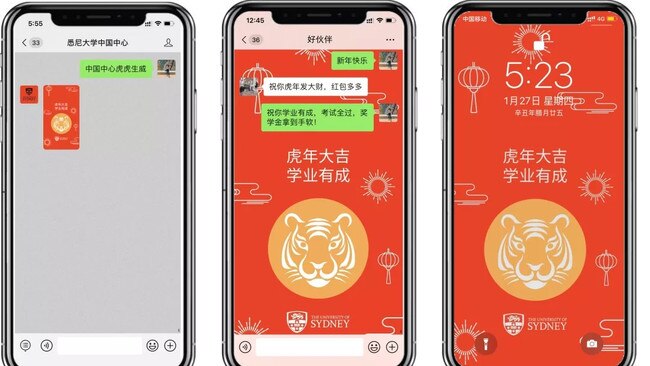
For the year of the tiger, the University of Sydney created a downloadable red packet that can be shared as a WeChat “moment” or post.
HSBC has celebrated by removing overseas transaction fees during the Lunar New Year period, while Citibank is giving gold coins to people who invest either $488,000 or $988,000.
But in Asia, the use of digital red packets is far greater.
Citibank Hong Kong sent 4500 employees $HK688 ($125) in digital red packets on Wednesday, while competitor banks HSBC and Hang Seng sent $HK500 in digital envelopes to 30,000 employees.
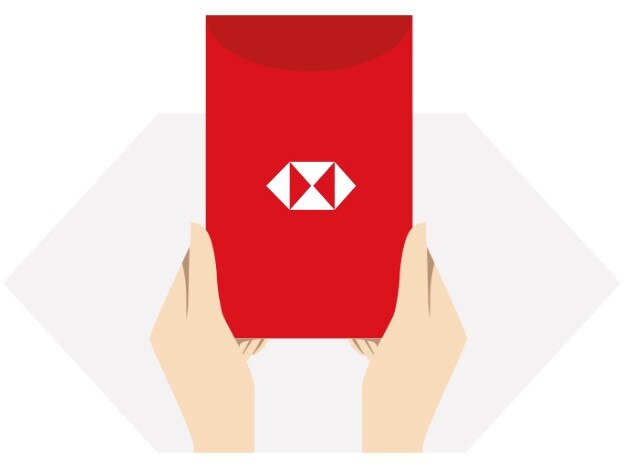
While the concept of digital red packets is several years old, the use of them was being pushed heavily this year due to the launch of China’s digital currency, said University of Technology finance professor Kathy Walsh.
“From a Chinese perspective, the use of red packets coincides with the launch of China’s digital currency to foreigners,” she said. “I’m pretty sure inside that app there will also be a red packet function.”
Mr Tao said red packets were no longer limited to money, due to digitisation.
“I don’t think the tradition has changed, but it’s the substance that has,” he said. “Certain company owners may prefer to give something like company stock and sometimes they’ll be given at the end of the year too.”
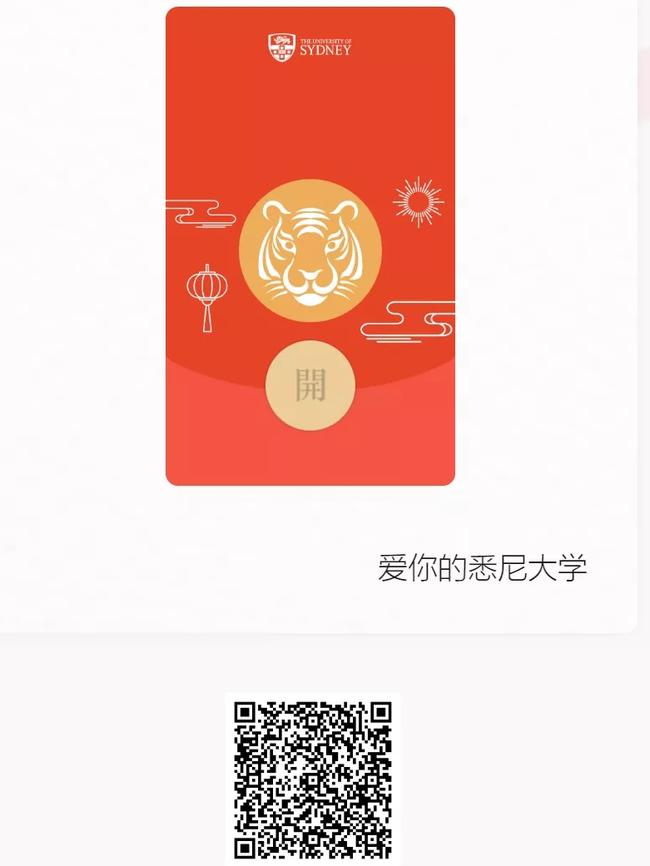
Yaya Kong, a Sydney-based financial adviser and marketer, is one of many to have received gifts other than money in a digital red packet.
“In 2016, from my company I received an iPad,” she said. “(Digital red packets) are more fun than a normal packet because you never know what kind of gifts are inside.”
Professor Walsh said China was a world leader in mobile payments. She said: “People don’t use cash in China. Walk off the train and you’ll see that even beggars on the street request money with a QR code.”


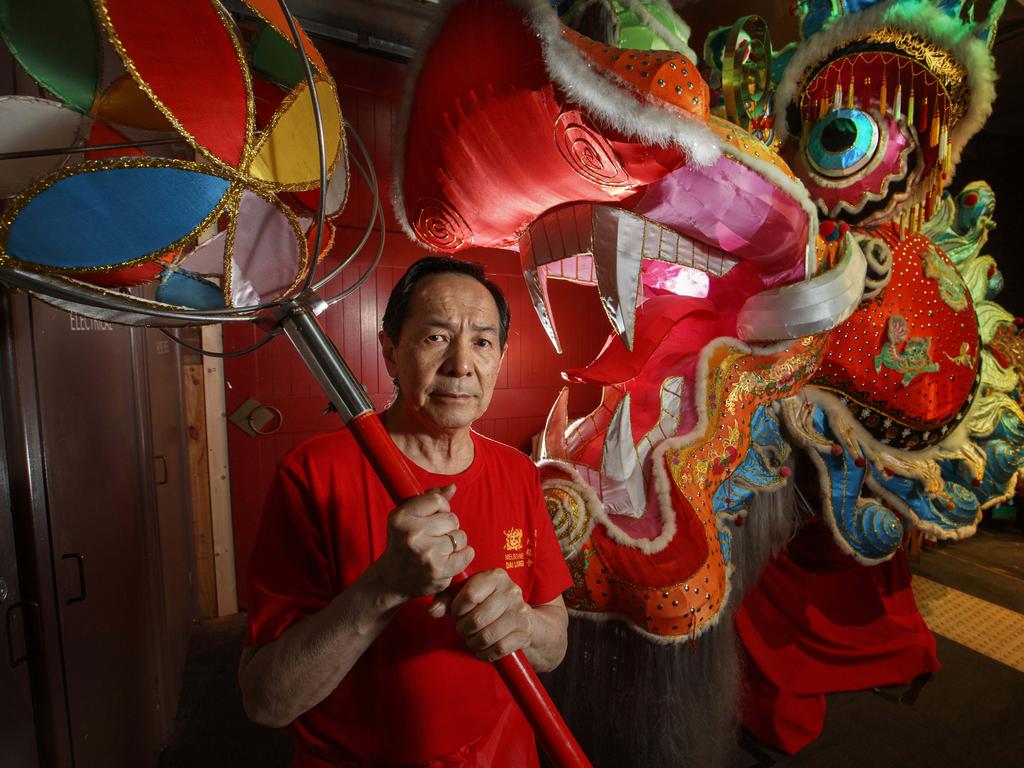


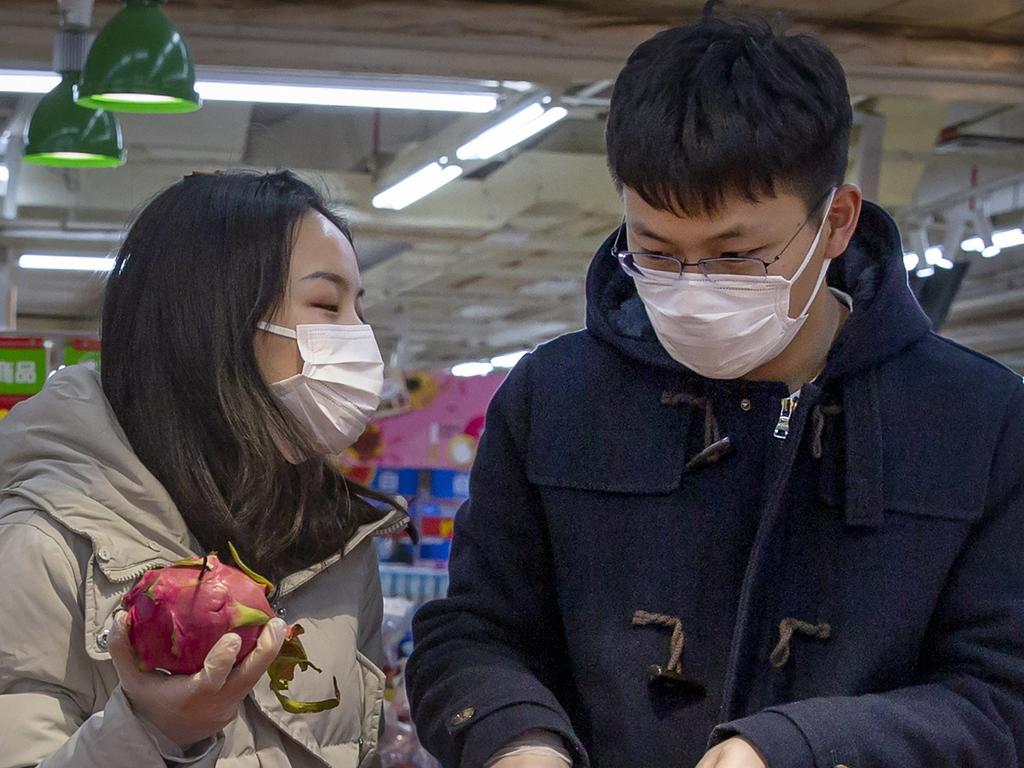


To join the conversation, please log in. Don't have an account? Register
Join the conversation, you are commenting as Logout